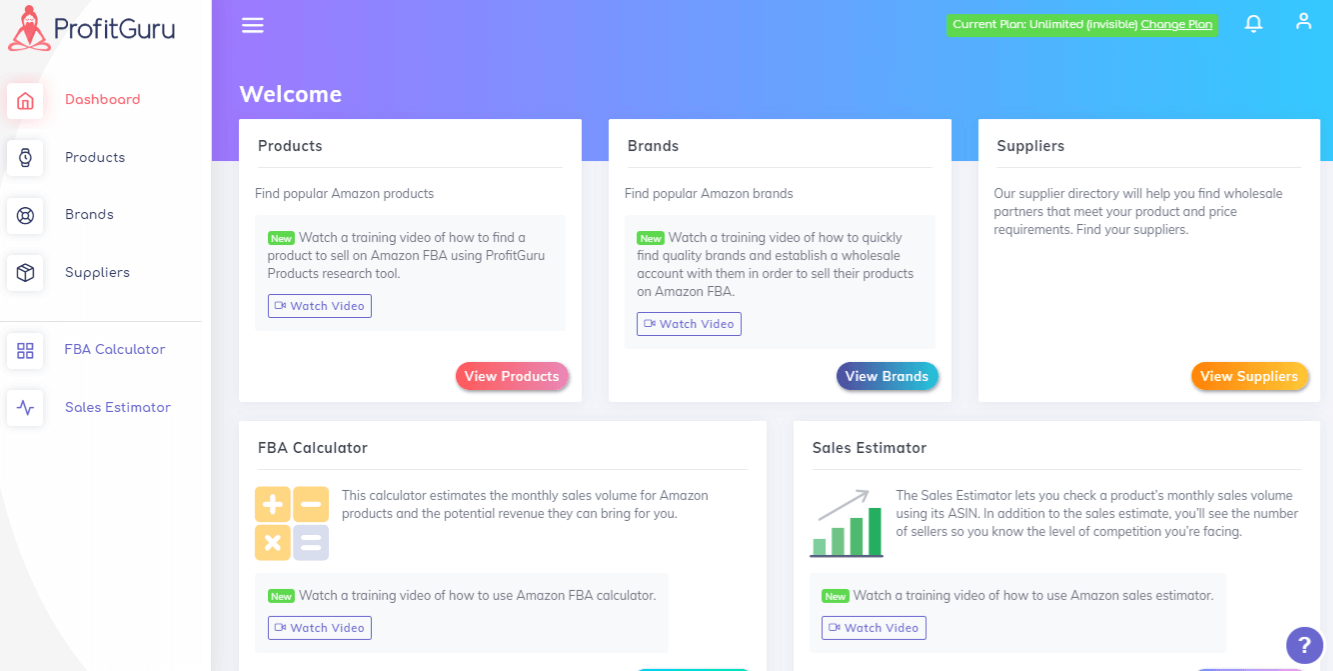FBA Update: 6 Tips for Switching to Merchant Fulfilled Shipping Amid Amazon Coronavirus Restrictions

Allee Evensen
March 29, 2020
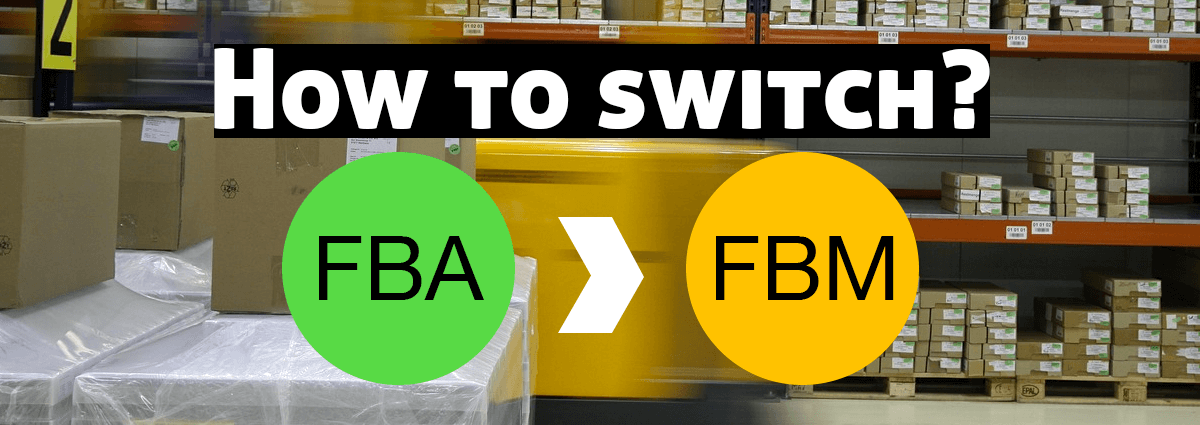
On March 17th, U.S. Amazon dropped a huge bomb to FBA sellers: Fulfilled by Amazon (FBA) warehouses would only receive “essential” items through April 5th, 2020. FBA sellers were no longer allowed to create shipments unless they included approved items.
This drastic step is in direct response to the global coronavirus (COVID-19) pandemic. Amid employee shortages, Amazon wants to ensure household staples and medical supplies remain available to customers, even if that comes at the cost of third-party sellers.
This decision forced many Amazon FBA sellers to make a quick shift in the business model. Some stopped operations altogether, while others started tackling the logistics of moving their business to self-fulfillment.
What is the difference between Amazon FBA and FBM?
Fulfillment by Amazon (FBA) is a selling method in which sellers use Amazon’s warehouse, customer service team, and logistics setup to sell products. Amazon ships sellers’ products to customers directly from Amazon warehouses spread across the country. These products are typically offered with 2-day Prime shipping.
Fulfillment by Merchant (FBM) is a selling method where suppliers list their products on Amazon but handle all logistics on their own (shipping, inventory tracking, etc). This method typically comes with longer ship times, but lower fees for sellers.
Going from FBA to Merchant Fulfilled shipping can be a huge logistical challenge; it requires more space, more time and more manpower. In this article, we’ll walk through 7 tips to help sellers make the transition, all while keeping cash flow in the green.
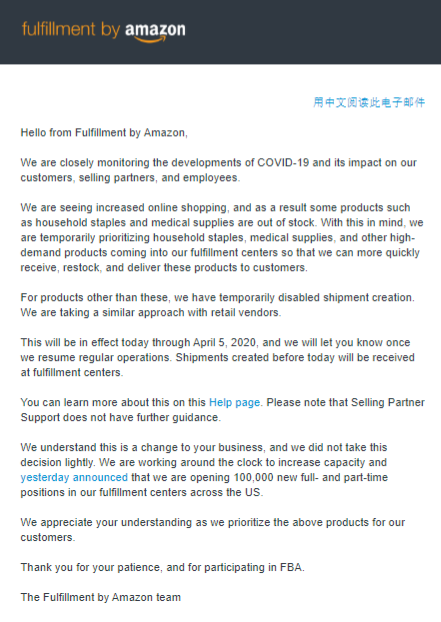
1. Use a third-party fulfillment company
No matter how big or small your Amazon business is, there are a number of companies that offer services nearly identical to the FBA platform. Most third-party options are more expensive than Amazon’s FBA fees but may be more cost advantageous overall (especially if you ship a high volume of items).
Before you consider using a third-party fulfillment service, take these factors into consideration:
- Volume: Find a fulfillment company that matches up with your volume. The servicer’s average annual order volume will tell you if your business is a good fit for their structure.
- Pricing: It’s important to consider the size of the products you’re selling. Some third-party logistics companies aren’t set up to deal with oversize, hazmat, or other irregular products.
- Global shipping: Most third-party fulfillment companies are not set up to ship internationally. If this is an important aspect of your business, make sure the company you choose has the ability to serve all of the countries your service.
- Warehouse distribution: If you run a high-volume Amazon business, make sure the company you choose has warehouses spread across the company to reach all your customers. Similarly, if you run a small company you may want to choose a location within your physical state.
- Return Management: Not all third-party companies manage Amazon returns. Make sure to choose a company that can either resell your returns or make it cost-efficient for you to dispose of them.
- Platform Integrations: A good third-party platform should provide integrations for platforms beyond Amazon (Walmert, Shopify, etc) as well as other software integrations for bookkeeping, taxes, etc.
These third-party fulfillment companies will take care of warehousing and shipping your products -- all you have to do is arrange for the products to be shipped to them in bulk.
Quiet3PF

Quiet3PF uses an advanced technology experience to create customized shipping solutions. They have 3-4x throughput of traditional fulfillment centers, making them a great option for Amazon companies that do high volume.
Deliverr

Deliverr offers quick fulfillment solutions that almost mirror Amazon FBA coverage. They utilize Amazon’s Seller Fufilled Prime network to guarantee MF items will show up with a Prime tag to 95%+ buyers.
DHL E-commerce
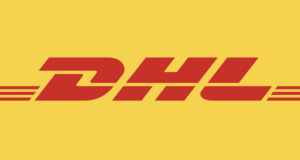
DHL E-commerce officers international and domestic parcel delivery, expeditated shipping process and has a partnership with the U.S. Postal Service to provide discounted fufillment. They mainly serve large clients ($10M+ yearly revenue)
FlowSpace

FlowSpace offers 1-2 day shipping options for Amazon sellers in the U.S. They also have integrations for Walmart and Shopify.
AMFlat

AMFlat Logistics houses a wide variety of service for ecommerce sellers including dropshipping, warehousing and long-term storage.
AMSFulfillment
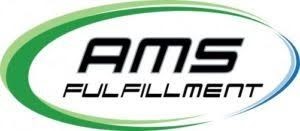
AMSFulfillment provides third party fulfillment for large Amazon businesses businesses ($10 million+)
Newgistics
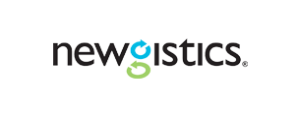
Newgistics is a fully integrated end-to-end eCommerce solution that serves more than 500 active clients. They specialize in clothing, health & beauty, and electronics.
Fulfillment.com

Fulfillment.com provides fulfillment for high-volume items in categories like health & beauty, household products, and toys. They offer shipping within North America, the Netherlands and the UK.
ShipBob

ShipBob is a tech-enabled third-party logistics company that fulfills e-commerce orders for direct-to-consumer brands. They typically work with companies (those with less than 100 skus), making them the perfect option for small FBA businesses.
2. Secure Funding
The economic consequences of the Covid-19 have been drastic, hitting small Amazon businesses especially hard. It can take a lot of cash flow to buy packaging, space, and hire employees. Here are a few emergency-funding resources available to aid sellers’ immediate cashflow issues:
Note: As of March 19th 2020, Amazon Lending is not approving any loans, which is why it is absent from this list. Most sellers who have previously had open loan offers are reporting those offers have now vanished from their seller dashboard.
Payability
Payability is a financing company that provides Amazon sellers and e-commerce sellers with daily cash flow, capital advances and the Payability Seller Card. Interest rates vary.
Fundbox
Fundbox services short-term loans called “payment advances.” These loans give borrowers the exact amount of money they need, under the assumption, they’ll pay it back in a relatively short amount of time.
Behalf
Behalf offers flexible, short-term financing with repayment terms to U.S. based businesses. Rates are around $20 per $1000 borrowed per month.
Economic Injury Disaster Loan Program
The SBA provides government-funded low-interest working capital loans up to $2 million. These loans are for small businesses facing the temporary loss of revenue.
Fundation
Fundation is a direct lender that offers small business loans online. Fundation requires a minimum credit score of 620 for loans under $75,000 and 640 for loans greater than $75,000.
Facebook Grants
Facebook is providing grants and advertising credits for businesses in more than 30 countries where the social media site operates
3. Find local suppliers
While you’re switching up your business model, look for local suppliers and manufacturers who can provide products for you to sell. Not only does this stimulate your local economy, but you’ll likely have a faster turnaround. There are a few good ways to look for suppliers:
Local Public Resources
Most cities have a list of local businesses that can be obtained through a chamber of commerce. Many also local libraries also pay subscription fees for supplier directories that would otherwise cost thousands of dollars to access. These directories will give you access to companies in your local area, as well as companies across North America.
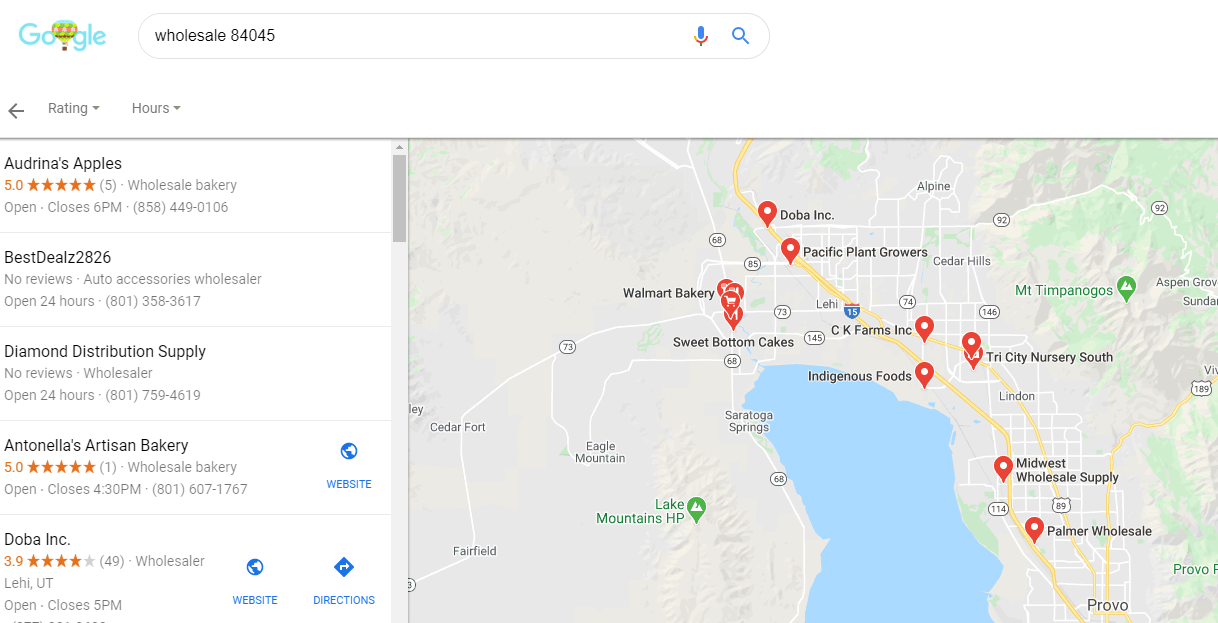
Utilize Google
Finding suppliers with Google is simple. Use a combination of your zip code plus a keyword to see what companies are in your vicinity. Here a few examples:
- Manufacturer + 84129
- Wholesale + 90301
- Distribution + 32003
Use your local network
Local connections and business networks are providing online resources in the wake of the local events being shut down. Connect with local business organizations via email, chat or phone call and ask if they have a list of accredited local suppliers they endorse.
4. Co-op with other local sellers
Is your Amazon business located in a metro or suburban area? Chances are there are other Amazon sellers near you in the exact same boat. Creating a co-op can give you the benefits of a larger business with none of the costs. Consider these options:
- Sharing the cost of a warehouse space
- Ordering shipping supplies in bulk
- Shipping supplier orders together to mitigate freight costs
- Spitting the cost of employee help
5. Know your shipping costs
While FBA fees automatically include your shipping costs, Merchant Fulfilled shipping costs can vary widely depending on where your customer is located. One of the most important parts of transitioning to MF shipping is knowing your costs before you list any items. so you can adjust your pricing accordingly.
Unless you sell large items, USPS typically has the best Amazon-contracted rates. Use the USPS Postage Price Calculator to estimate your shipping costs. Enter the farthest U.S. zip code from your location (like Florida to California) to tell you the highest possible shipping cost.
If you ship in large bulk (typically 100+ packages a day) both UPS and FedEx will give you a discounted rate that may beat Amazon’s rate, upon request.
6. Look for supply chain gaps
In any emergency, there are gaps in the supply chain that allow sellers to market products that wouldn’t otherwise be profitable.SupplySpy can help you find popular Amazon products that are out of stock or in short supply.
Before we jump into this topic, It’s important to note that we’re not encouraging price gouging of any type -- especially on essential products (read: any items that don't have an alternative and are necessary to sustain life). Amazon’s fair pricing policy has been increasingly enforced over the past month, especially in regards to masks, gloves, diapers and hand sanitizer. The best way to approach pricing (and avoid getting kicked off Amazon) is to use common sense. A $5 bottle of vitamins shouldn’t be selling for $99.
1. Go to the ProfitGuru Dashboard
2. Set the following filters:
- Category: Your choice
- Rank: Sub-15,000
- Sold by Amazon: No
- Number of FBA sellers: 0 (Will show out-of-stock listings. This can be expanded to 1-2 sellers)
- Weight: 0-1 (optional)

3. Find products
Look for items that could have a current sales estimate HIGHER than a 30-day estimate. This means the product is in high demand.
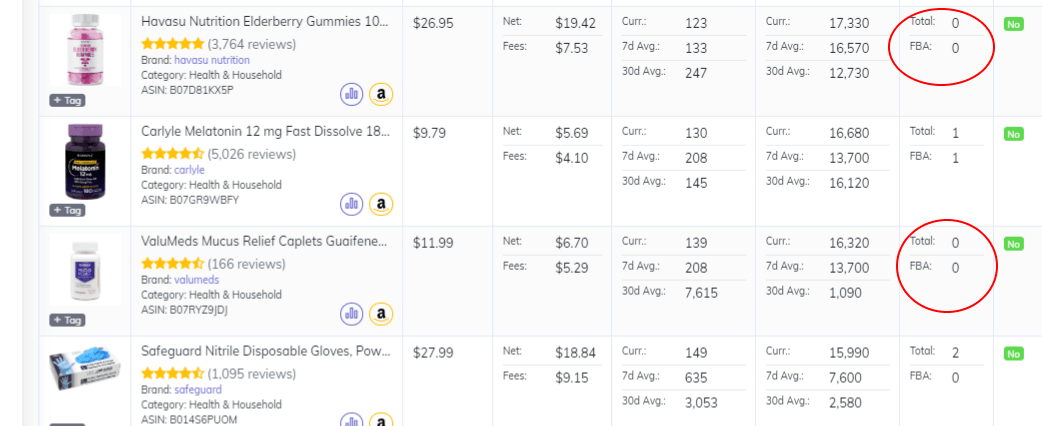
The Final Word
Covid-19 may be a huge blow for FBA sellers, but it certainly won’t be the last. The online selling world is constantly changing and businesses must have the ability to adapt. Keep up with the latest news by following the ProfitGuru blog, the Amazon Seller forums, and Google News.
The Free Email Course to KickStart Your Amazon Journey
Getting from an idea to your first few sales in 7 days


